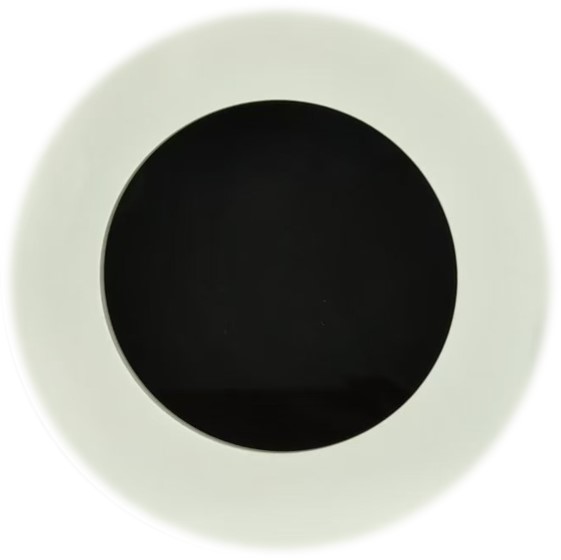
Neutral Density Filter (ND Filter), is an optical element used to reduce light intensity. It can evenly reduce the amount of light passing through without changing the color or wavelength of the light.
How ND filter works: ND filters reduce the intensity of light by absorbing or reflecting part of the light. They are usually defined by optical density (OD), the higher the OD value, the lower the transmittance.
Types of ND filters: There are two main types of ND filters:
Absorption type: using the material itself or doped elements to absorb light of a specific wavelength.
Reflection type: reflecting part of the light through a thin film optical coating.
ND filters have a wide range of applications in many fields:
Photography and videography: Long exposure photography: using ND filters in strong light environments can extend the exposure time to create effects like flowing silk or blurred moving clouds.
Large aperture shooting: When using a large aperture in a bright environment, ND filters can reduce the amount of light entering, thereby achieving a shallow depth of field effect.
Laser system intensity control: In laser applications, ND filters are used to reduce laser intensity to protect eyes and other sensitive equipment.
Optical measurement light intensity adjustment: In optical measuring instruments, ND filters are used to adjust light intensity to avoid overexposure or damage to sensors.
Microscope observation light intensity control: When observing samples under a microscope, using ND filters can reduce light intensity and protect samples from light damage5. Application areas: Widely used in photography, videography, laser systems, optical measuring instruments and other fields1.


